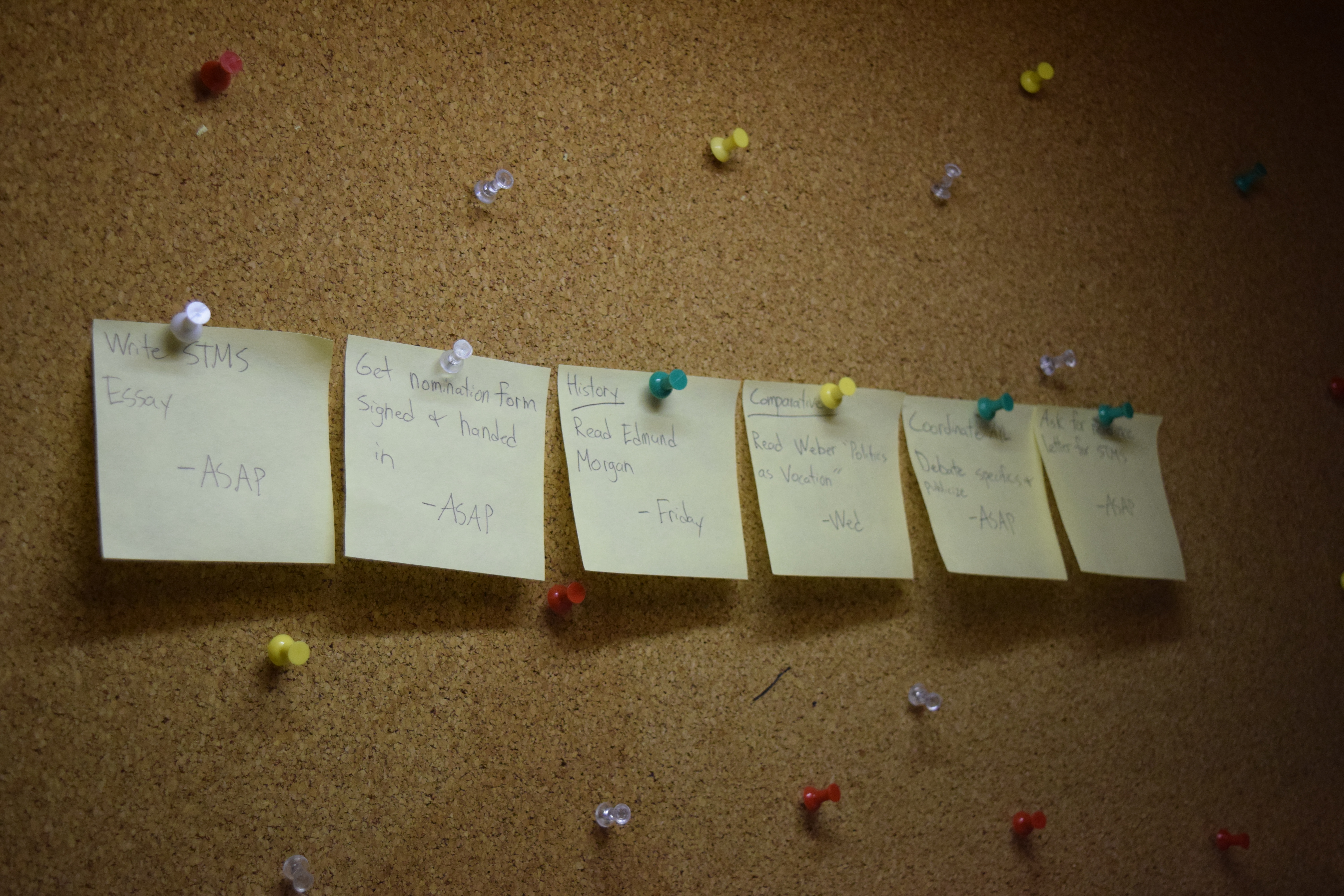There are a few common things that almost every dancer will experience. The first is that achieving the perfect ballet bun means experiencing the most excruciating amount of pain one could possibly imagine and then solidifying your fate under more hairspray than Walmart keeps in stock. The second is the art of the quick change. There is no bigger test of ability than when you have to go from your jazz shoes and half-up hair, to a full bun, tutu and point shoes in under a minute; when your dance career depends on making every second count. The third one is “dance-bag smell.” If you don’t know what I’m talking about, trust me. There is no more distinct smell to a dancer then an Adidas sports bag that is home to those canvas ballet shoes you refuse to replace despite the holes because they are your lucky pair. Not to mention the three pairs of extra tights, leotards, toe spacers, and who knows what else that all comes together to form that smell.
There is no question that the life of a dancer comes with distinct characteristics; experiences that draw us all together. Having been a dancer myself since the age of 10, I was drawn in by the creativity, the stage, and for reasons I am unable to explain, even that God awful dance-bag smell. As it is for all athletes, dance often demands that you push your body to the absolute limit. You can always jump higher, you can always plié a little lower, and your feet can always point a little harder. There is no question that as a sport, dance demands a lot from you and that pressure can be a lot to live up to, but we keep going back to the studio because we want to step up to the plate. We keep going back because every day we see ourselves getting closer to our goals that previously seemed impossible. Dancers are also unique in that not only are we athletes, but we are artists at the same time. Rather than painting on a canvas, we create an image through movement. Our bodies become the paint brush we use to express the stories and emotions within us on the stage that is our canvas. This balance between the goal-seeking athlete and the passionate artist is what always kept me going back to the studio.
This is when I feel that I must address the elephant in the room. It should be no surprise that the goals we seek to achieve can lead to an enormous amount of pressure. It is no secret among the dance community – albeit the topic is often not addressed directly – that the culture of dance can lead to a pretty significant toll on your mental health. When the narrow standards of dance mean there is more or less one way to be right and a thousand ways to be wrong, developing a dangerously high level of perfectionism becomes a natural symptom. Dancers can be overly critical of others, and twice as critical of themselves. As a girl who was naturally gifted with curves, there was no room for my hips in a culture that celebrates girls whose bodies are small, dainty, and often lacking natural curves. This is something I was reminded of daily; not only by my own thoughts when I looked in the mirror and saw what I know now to be a very distorted image, but by the other girls in my studio. While I tried to make up for this with my drive and my passion for the art, the love I had did not change the natural limitations of my body. I was not the only one who was subject to the criticism of themselves and their peers. I’ll never forget the day that one of the kindest and most hardworking girls in my class had just finished a combo while the rest of us sat down and watched. “Like a deer on ice” one of the other girls scoffed, as the rest of them laughed at one of their own friends under their breaths. It became my everyday norm to walk into the studio where girls would be observing the other classes and pointing out the problems with other dancers; judging both their abilities and their bodies. In fact, it was so normal that it took me a few years being away from my studio to realize how twisted this daily ritual was. It was an activity that even I regretfully took part in just to try and fit in.
When re-telling the stories of my experience as a dancer, this is often when I’m asked the big question. Why did you stay in dance when all of this was happening? I would love to have some deep answer for you here, but the truth is simply that I loved it. While the culture came with considerable weight, the dance itself is what lifted that weight off of my shoulders again and again. The other girls could say what they wanted about me and so could my mind, but I know how I feel every single time I dance, and the feeling is indescribable. The biggest challenge for me was separating the art from the problematic culture that surrounds it; a daunting task, and one I only truly got the hang of during my time at Acadia. Joining the Acadia Dance Collective in my first year was terrifying. Fear of the judgement and criticism came rushing back. However, it did not take me long to realize that this program was different. The girls I was dancing with were all here because they loved to dance. We were all just taking class to have fun. Dance no longer had to be a competition between dancers on who was the best, but a celebration of a common passion we all shared. As I got more involved with the Executive team, and took over as the club President in 2019, these are the core values I seek to promote to each participant in our program, especially as I realize that my experiences are far from isolated. While, sadly, the Acadia Dance Collective has had to cancel our fall program due to COVID-19 restrictions, I hope that with time we will be back in order to allow more students to take part in the shared experience of a safe space to explore our passions once again.
Note: This article is part of our Fall 2020 Print Edition that focuses on Women Health and Sexuality. Look across campus for a paper copy of this edition!



